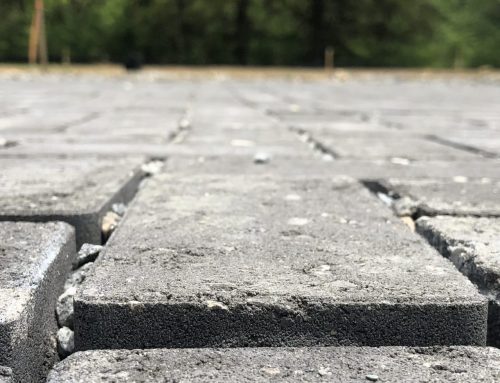As I reflect on the New Year, I can’t help to recall my first New Year’s as an environmental professional some 40 plus years ago. It is truly amazing how the mind works in that I recall those early days quite vividly and yet struggle to remember the movie that I watched last Saturday. So why choose a subject of “ethics” and why focus on total maximum daily loads (TMDLs) when so many bigger environmental problems exist that involve ethics (e.g., climate change)?
First, let’s define “ethics.” According to Merriam-Webster, ethics is “the discipline dealing with what is good and bad and with moral duty and obligation.” In the context of this brief discussion, ethics or more grammatically precise, ethical behavior, is doing the best that we can possibly do to meet the “intent” of the TMDL (e.g., eliminating impairments, restoring water quality). I think “intent” is the key word here. I share concerns over the minimal science and myopic approach that generate TMDLs. But the intent is clear: to restore our waterways by focusing on the elimination of the principal impairment.
I started my career reviewing sediment and stormwater plans and I was appalled by the behavior of a few engineers to “cook” computations to deliver the lowest cost for the developer. Often stormwater management BMPs were never installed or never inspected or maintained. I also heard horror stories from my friends in the pre-treatment field about how monitoring data was altered to reduce surcharge fees to wastewater treatment plants. These are just a few examples of what I have seen but I am happy to say that despite the bad behavior of a few, we have continued move forward with newer and more robust regulations to protect our environment as evident by the use of TMDLs to meet water quality outcomes, despite this approach’s shortcomings.
TMDLs are the “law of the land” and far greater good will come of meeting them than what existed before. However, the questions surrounding the “science and philosophy” that gave rise to TMDLs have provided an excuse for “unethical behavior” among some practitioners, at least in compliance. I have observed many jurisdictions that justify taking the least expensive approach to meeting their requirements with the installation of-instead of Best Management Practices- Worst Management Practices (WMPs), often at the expense of the environment and ultimate cost to the taxpayers. Everyone along the line from policy-maker to administrator to designer/contractor in some way is culpable. Fortunately, this “bad behavior” is the exception and not the rule, however, the magnitude is affecting our ability to meet our water quality goals and will create credibility issues when the bean counters tally the number of BMPs implemented and try to reconcile that with measured benefit.
I have had the fortune and misfortune of helping to devise rules for the crediting of numerous BMPs that are typically part of the restoration palette to meet TMDLs. Within the Chesapeake Bay watershed, these “crediting protocols” are developed by a panel of experts that establish basic specifications so that a “credit” can be generated resulting from the construction of a particular class of BMPs. Because the Chesapeake Bay Restoration effort is a collaborative effort with multiple states, there is plenty of leeway within these protocols to allow for states to “tweak” the protocols to account for local conditions. This “tweaking” has become a fine art for some to implement the least costly controls (i.e., WMPs) to meet the minimal amount required by the protocols. This behavior must stop and it is up to us, the professionals, to police ourselves.
I wonder sometimes if we are entering the “wild west” of TMDL compliance.” Part of the issue is that there is no sheriff in town to hold jurisdictions and consultants accountable. The other (elephant in the room) is money. It is easy to commit to restoring the environment. It is far more difficult to pony-up the resources necessary to make that happen. The TMDLs are not perfect, but it is all we have. If we are in disagreement with the basic approach (I certainly have misgivings), then let’s take action to change them. If we cannot afford to implement the practices required, then let us make that clear to the public and perhaps learn to live with and accept the impairment of our waterbodies (hopefully it won’t come to that). In the meantime, let us do the best job we possibly can to restore our watersheds.
As the Deputy Director of Programs, Bill’s responsibilities include program and resource development, supervision, and marketing. With over 40 years of experience in the field, Bill is the senior resident expert on staff. Before coming to the Center, Bill worked in Baltimore City and also served as a past Center Board Member. Bill has a B.S. in Biology from St. Mary’s College of MD and a M.S. in Biology from Towson University and is a professional engineer licensed in Maryland.







